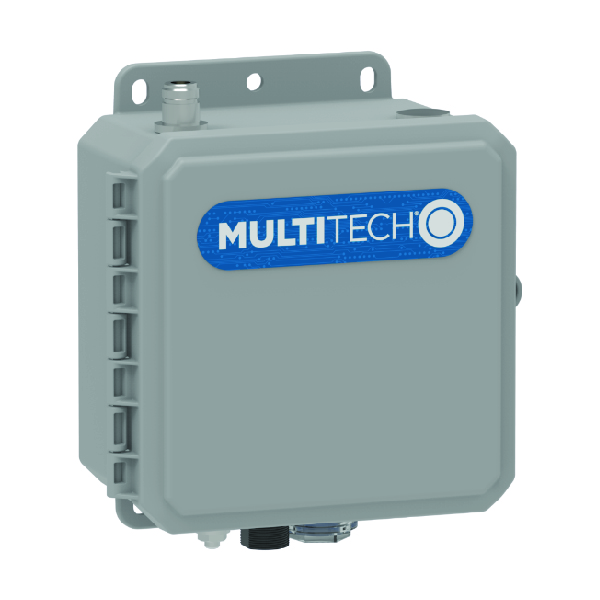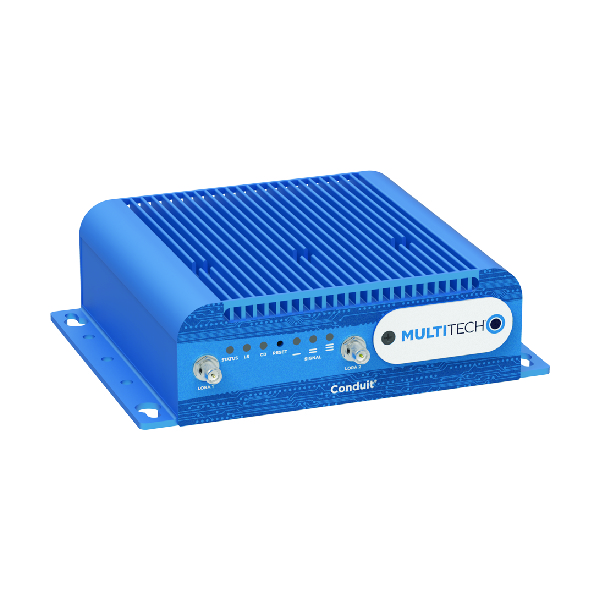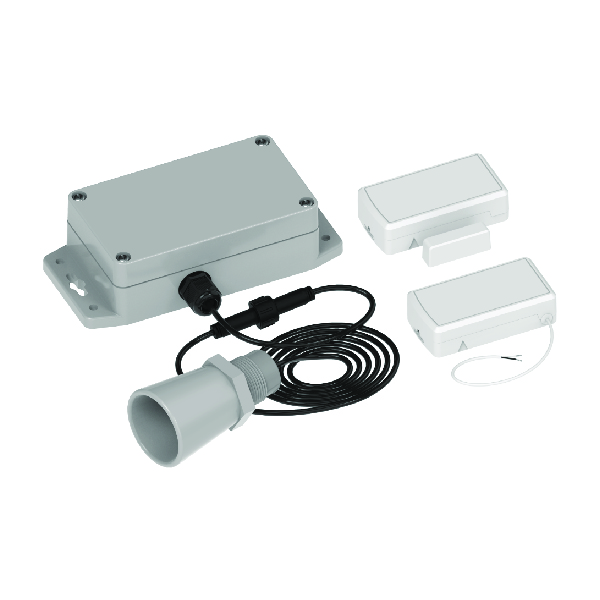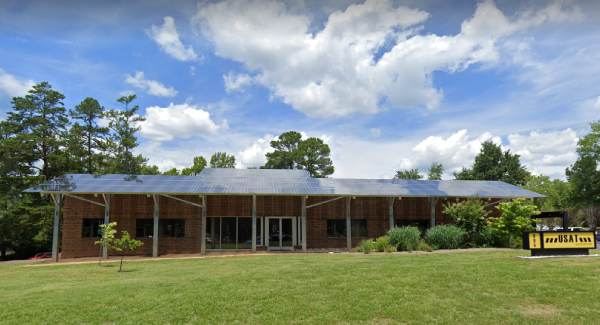What is LoRaWAN?
Low Power Wide Area Solutions from USATMany common IoT devices only transmit a megabyte of data or less per month. To free businesses that deploy IoT applications from the up and down costs and consumer-driven cycles of public cellular networks, USAT will begin offering devices that transmit over the LoRaWAN® network to our customers.
The LoRaWAN network and the gateways, base stations, and other devices for LoRaWAN offer the same stability of public and private cellular networks on one specifically designed for IoT and M2M.
Low-power LoRaWAN networks expand the range of your devices and extend their battery life, while offering consistent and reliable connectivity for the majority of your device applications.
How Does LoRa Work?
LoRaWAN networking relies on frequency modulation techniques derived from what is known as Chirp Spread Spectrum (CSS) technology. The below video explains how LoRA works:
To understand LoRA in the simplest terms possible, you can start with a radio wave. Radio waves carry no information. In order for a radio wave to transmit data, you need to modify either the amplitude or frequency of the signal.
For example, when it comes to broadcast radio, FM refers to frequency modulation and AM refers to amplitude modulation.
Transmission via FSK
Radio waves can also be modified digitally to transmit information through a modulation scheme referred to as frequency shift keying (FSK). The benefits of FSK for the transmission of information is that it is simple to produce and detect, and is available at lower frequencies.
LoRa transmits information by FSK, and achieves greater resiliency to interference and background noise because it switches back and forth between two FSK frequencies.
All modulated radio signals have a sweep rate and a bandwidth. As you likely know, increasing the bandwidth produces better signal quality.
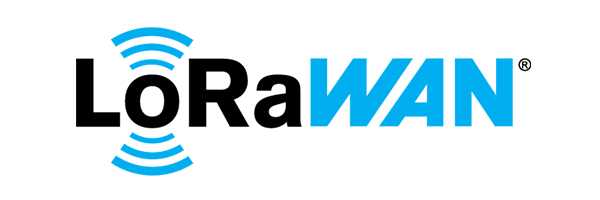
But greater bandwidth comes at a premium. Everybody wants a higher bandwidth, and for this reason, bandwidth is both valued and restricted. Under LoRA bandwidth is restricted to 500 KHz, 250 KHz, and 125 KHz.
For most IoT applications, transmitting and receiving signals at a lower bandwidth is not a problem because their data needs are small. What matters more is that signals can be carried to and from devices across a broader range.
LoRaWAN Networks for IoT Applications
LoRaWAN transmits in reduced bandwidth across a wider range. LoRa modulation permits a significantly larger communication range with lower bandwidth compared to other wireless data transmission technologies.
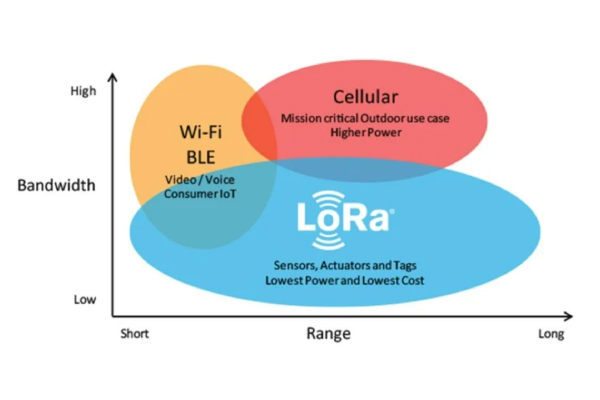
LoRaWAN networks and devices enable new IoT and M2M, sensor networks, and industrial automation applications to exist in the same space. Using a star topography, sensors communicate with LoRaWAN gateways on a LoRa network.
These LoRaWAN gateways serve as a bridge in relaying messages between devices and a central network server. This setup works for both nationwide deployments, in which gateways are connected to the server with standard IP connections, as well as on private networks where security and control are important.
The Advantages of LoRaWAN
The advantages of LoRaWAN for IoT applications are numerous. We list some of them below:
- Ultra Low Power - Designed to operate in low-power mode, LoRaWan devices last up to 10 years on a single coin battery.
- Long Range Connectivity - The graphic above really doesn’t do justice to LoRaWAN’s range. LoRaWAN gateways transmit and receive signals up to 10 kilometers across open terrain and up to 3 kilometers in densely populated urban areas.
- Indoor Penetration - LoRaWAN networks penetrate deep into multi-story buildings.
- License-Free Spectrum - Deploying a LoRaWAN network requires zero cost in frequency spectrum fees.
- Geolocation Capabilities - Triangulated geolocation of LoRaWAN devices can be determined without GPS if at least three gateways can pick up their position.
- High Capacity Servers - LoRaWAN servers easily handle millions of messages from thousands of gateways.
- End-to-End Security - With AES-128 encryption, LoRaWAN offers completely secure communication between devices and servers.
- Updates Over the Air - You can easily make firmware updates to a solo device or group of devices remotely with LoRaWANs
- Roaming Capabilities - Enjoy seamless handover of devices from one LoRaWAN to another.
- Low Cost - LoRaWAN requires minimal investment in infrastructure, does not mandate that you pay FCC licensing fees (see above), features low-cost end nodes, and runs on open-source software.
Industry Use Cases for LoRaWAN
The benefits of this low-cost, wide range networking alternative to traditional Wi-Fi and cellular are plentiful. Below are just a few of the possible industry use cases of LoRaWAN.

Healthcare
- Enables vaccine cold chain monitoring. LoRaWAN sensors can be deployed to monitor the temperature of vaccines in transit.
- Wristbands equipped with LoRaWAN sensors can be used to monitor patients for falls and track their medications.

Government
- LoRaWAN can be utilized by municipal and local governments to locate leaks in a city’s water system for expedited repair.
- Temperature monitoring of perishable foods with LoRaWAN sensors ensures public safety.
- With smart waste bins, city managers can quickly identify when garbage cans have become too full.

Agriculture
- With LoRaWAN, smart farms gain real-time insights into soil moisture levels and can optimize irrigation to curb excess water usage by up to 30%.
- LoRaWAN sensors in cattle detect disease and predict calf birthing schedules.

Public Venues
- Airports can more easily track vehicles, personnel, and luggage without the hassle and cost of GPS.
- Make your workplace more efficient with LoRaWAN devices. Track room occupancy, temperature, energy usage, and parking availability.

Other Use Cases
- LoRaWan sensors on bikes track riders in remote locations and densely populated urban areas.
- Tracking sensors on endangered species assists animal conservation efforts.
Space satellites equipped with LoRAWAN are currently circling our planet. Soon this technology will make these networks—critical in building a communications ecosystem for business and consumer use in IoT, M2M, and machine learning—widely available to everyone across the globe.
In the United States today, thousands of businesses are already reaping the benefits of LoRaWAN’s low-cost efficient networking technology for IoT applications.
USAT’s LoRaWAN Gateways and Devices
USAT offers MultiTech’s complete line of LoRaWAN gateways, base stations, and conduits. We offer expert guidance in the installation and setup of our LoRaWAN network and devices.
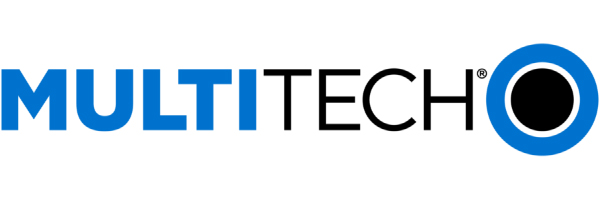
FAQs
Contact USAT
USAT LLC, a key part of the data solutions team at MCA, exists to serve our nations critical infrastructure by creating secure communication networks that pass data wirelessly between key systems — linking remote personnel and machine assets.
We have partnered with industry leaders that manufacture top-of-the-line communications devices, management platforms, and accessories to suit the specific needs of a vast array of industries in a variety of applications and environments.
*Original Article Credits Go to MultiTech and TheThingsNetwork
Share this Post


